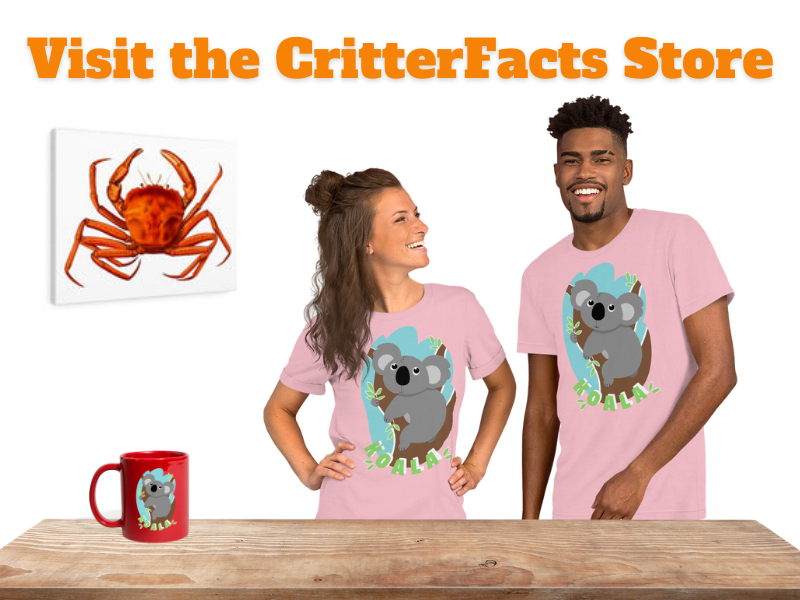

Scientific Classification
KINGDOM: Animalia
PHYLUM: Chordata
CLASS: Mammalia
ORDER: Carnivora
FAMILY: Felidae
GENUS: Felis
SPECIES: Felis Catus
BREED: Devon Rex
Conservation Status


Any cat breed ending in “Rex” refers to curled hair (Cornish Rex, German Rex, etc.). The mutation in each breed is different and cats will need two recessive genes to get the curly hair of a Devon Rex.
They are missing the guard hairs of the coat which repels water and protects the undercoat. A Devon Rex’s curly coat makes it shed less but does not make it hypoallergenic. Their coloration has no limits with coats such as black, white, blue, lavender, etc.
Other than their curly coat, the Devon Rex can be identified from its low-set ears that stick out the sides of its head instead of right on top like other cats.
The Devon Rex’s whiskers are very short and sometimes curled so tight, they look like they don’t have any.

The Devon Rex was originally discovered in Devon, England in 1959. They look very similar to the Cornish Rex, which also originated in the United Kingdom, but there are marked differences.

Devon Rexes are highly active and will chow down as long as you let them, which requires a little diet control. Like most felines, they have an easier time digesting animal rather than plant sources. This means that good protein is the most important part of their diet, whether it’s meat, fish, or poultry.

The average litter size for a Devon Rex is 5 kittens, all around 85 grams. They look just like their adult selves, big ears and all, but with a little more hair. Most kittens will shed their coat as they get older, while some adult Devon Rexes shed every seasonal change.

The Devon Rex’s large ears, wide eyes, and narrow face make it look sprite-like giving it the nickname pixie cat.













































